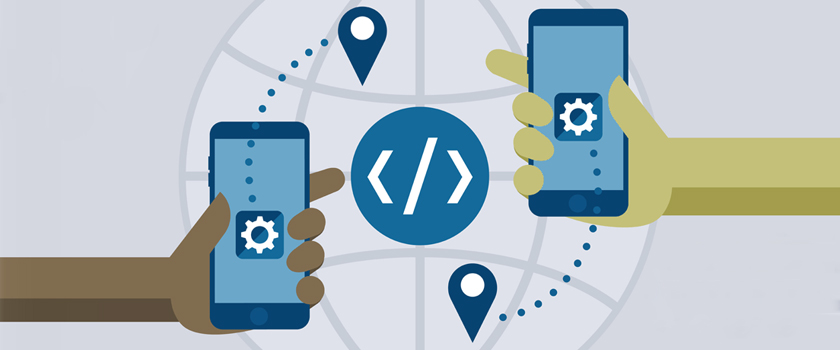Why you need to translate and localize your ios application?
Until 2011, the world has realized that the former CEO of Apple, Steeve Jobs, made one of the most amazing mobile technologies for people. The iPhone series became the best seller in the year 2011 and 2012 according to the survey of Engadgat.com.
The Finest design and easiest operation win the favor of global customers. Although the English-speaking App Store market is the largest, there are still plenty of other language iPhone users in the world and you can greatly increase their user experience and expand your business by supporting their native language.
What’s the challenge of iOS app translation and localization?
Cultural beerier is the biggest challenge of iOS application translation and localization. You need a professional translation and localization team to help you with the significant task.
Translators should get the .strings files, both from Interface Builder and coded strings from Xcode. This is just the beginning of the translation and localization work. However, translators should definitely localize app description for the App Store as well. Since iTunes Connect will also ask you for keywords, make sure you come up with a list of keywords for your translation team to localize.
This ensures that users in other languages will find your app when searching their localized version of the App Store. The other problem is the extraction of the application files. Experienced localization team has at least one professional in this field.
What are the steps of iOS app translation and localization?
1. Go through your source code and replace all strings that need to be translated with appropriate calls to the NSLocalizedString macro.
2. Run the genstrings command line tool to extract all of the strings from your source code into one or more .strings files.
3. Run the ibtool command line tool to extract all of the strings found in your various XIB files.
4. Send the files created in steps (2) and (3) to each of your translators. They will edit these files, replacing English strings with their appropriate translations. When they are done, the translators will send these files back to you.
5. The translated .strings files from step (2) should be included directly in your project. The translated .strings files from step (3) should be used by ibtool to generate a bunch of additional XIB files which should also be included in your project.
6. Manually go through all of your newly generated XIB files to make sure that your interface still looks good, especially in languages that tend to be a more verbose than English. Make adjustments to the layout of elements in these files as needed.
Read Also: Apple’s Best Practice on App Internationalization and Localization
Find your iOS app localization and translation at CCJK.com
IOS app localization is a technical work requiring the close cooperation between the translation expertises and engineering professionals. CCJK is an experienced global mobile app localizer, having translated more than 500 iOS apps with discrepant features. If you want to have your great iOS application localized that can get extra market share in other countries, look no further and let our localization expertise expand your global business.









